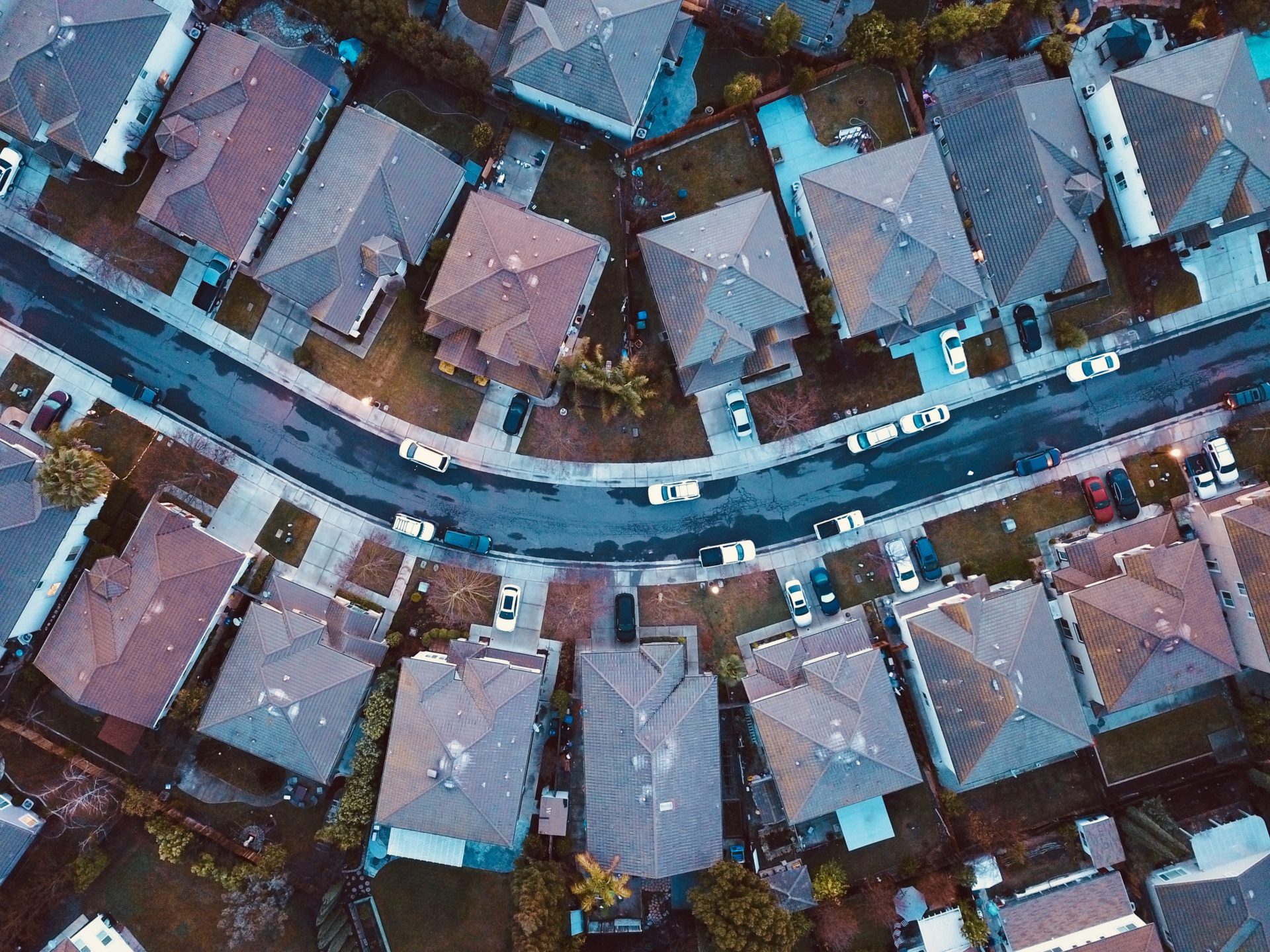Stories of those experiencing homelessness represent all walks of life
Coming to encounter homelessness is no linear, monolithic experience. The New York Times recently highlighted the lives of 30 people each representing their own distinct challenges and journeys in and out of living unhoused. From teenagers to the elderly, these experiences reveal a myriad of obstacles that range from illness, lost retirements, broken families, major injuries, abusive relationships, and battles with addiction. No two stories are alike, nor are their outcomes. Many come to realize a triumph over their circumstances, while many remain navigating through the uncertainty and despair that has come with the instability of having nowhere to go. These stories reveal the experience of living without a home as unique as each individual life, one all-encompassing of age, location, and background. (New York Times)
Arlington follows lead of other US cities reforming zoning policies to address “missing middle”
The city of Arlington, VA, close neighbor to Washington D.C., has recently made changes to zoning laws to address its lack of affordable housing. The reforms stand to create what advocates call the “missing middle”, housing in between single-family homes and high-rise apartments, in an effort to provide more affordable options like duplexes, townhomes, and small apartment buildings once banned in single-family developments. In Arlington, board members agreed to scale down the initial proposal of eight-unit buildings with some caveats. Some advocates say the measure does not go far enough, while many remain opposed to “upzoning” altogether. The move is similar to zoning changes already implemented in places like Oregon, California, and Maine. (NPR)
Renters in Portland area of Maine are rent burdened as options are scarce
Renters in Maine have increasingly felt the squeeze of the state’s lack of affordable housing options, especially those living in Portland. According to data from Harvard University, rent is now unaffordable for almost half of all Maine residents. In Portland, the average two-bedroom rental is 19% higher than the national average, according to Zillow. Mainers are cutting expenses in every way they can, while also continuing to search for new places to live amidst rent hikes and a scarcity of options. Many find themselves on the losing side of bidding wars and apartment applications, while some are forced to leave their hometowns, skipping medications, living on a restricted diet, can no longer afford to own a vehicle, or are finding themselves constantly on the move. (Press Herald)
Black families face variety of systemic obstacles to creating generational wealth
For Black Americans, building generational wealth has been all but systematically prevented through racist practices. According to the Federal Reserve Bank of St. Louis, Black families had only $0.25 to every $1 of wealth held by white families. Of the many obstacles identified for building wealth in Black families, some of the most significant are home ownership, being underbanked, and lower credit scores. In addition to a history of redlining and housing discrimination, a 2021 study by the Brookings Institute found Black-owned homes undervalued by 23%, for a total of $156 billion in lost wealth. Black Americans have also been found to rely on check-cashing services and payday lending at a disproportionate rate to white Americans, while a 2022 review of credit scores by the Urban Institute found a trend of increased disparity in young Black and white adults between the ages of 18 and 29. (CNBC)
Impacts of “redlining” still evident after more than 50 years after Fair Housing Act
The legacy left by the practice of “redlining’” in the United States has been one of the most significant hurdles for Black families in their pursuit of home ownership and creating generational wealth. “Redlining” is defined as a kind of lending discrimination based on a property’s or individual’s location through racial discrimination related to real estate. This historical practice of designating demographics consisting of people of color as high-risk has denied generations of people the purchasing power necessary to buy homes, build equity, and move geographically. Until the Fair Housing Act of 1968, “redlining” was the prevailing practice of the day, and its ramifications continue to negatively impact Black communities particularly. (Yahoo Finance)
Advocates say more housing is not enough, policies needed to protect current residents
Though the undersupply of affordable options has been a major driver of the housing crisis, some advocates say constructing new units won’t necessarily fix the problem. Reforming policy that prioritizes single-family zoning, as well as changing practices that favor new construction that prices-out current residents, a practice known as gentrification, are some of the ways to combat forcing undue rent spikes on already housing-burdened communities. Advocates say protecting current residents must remain a priority when considering new developments, as adding new units for the elite only push low-income resident further into the margins. (New Republic)

